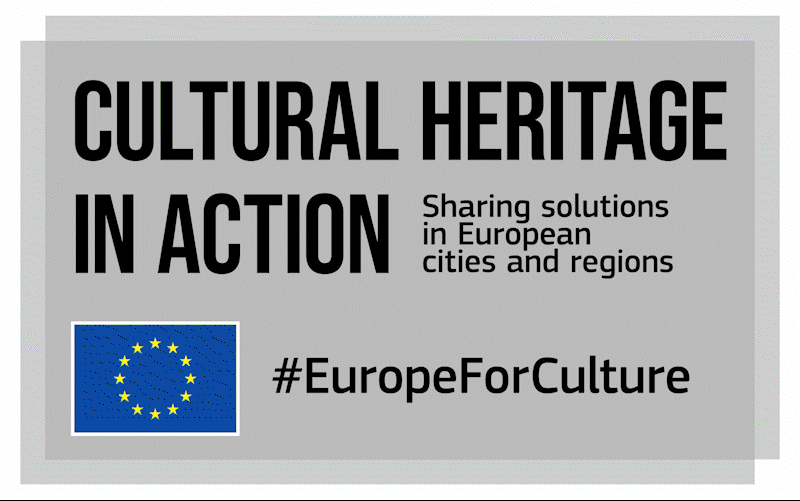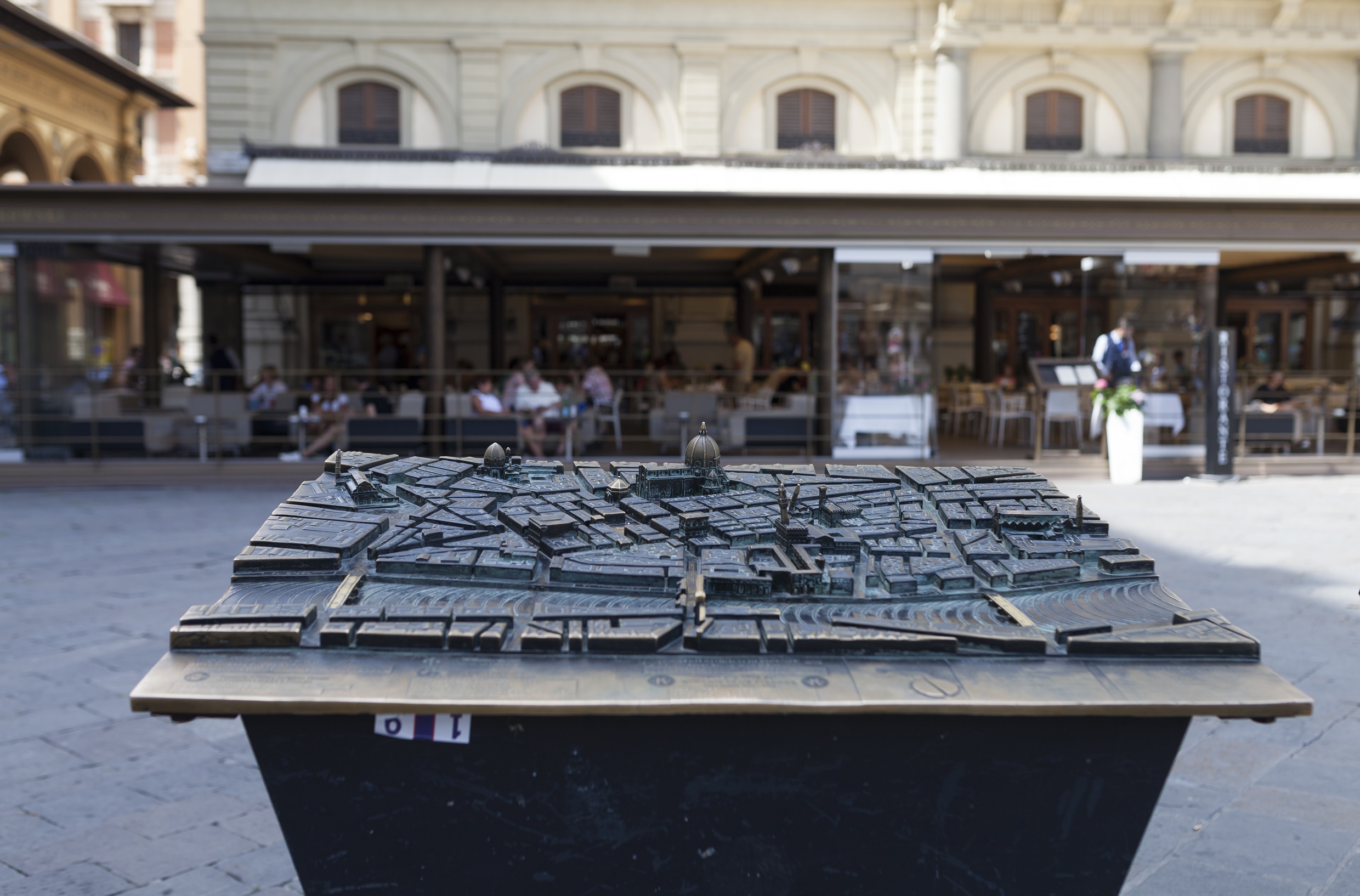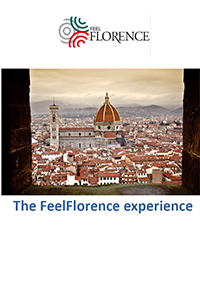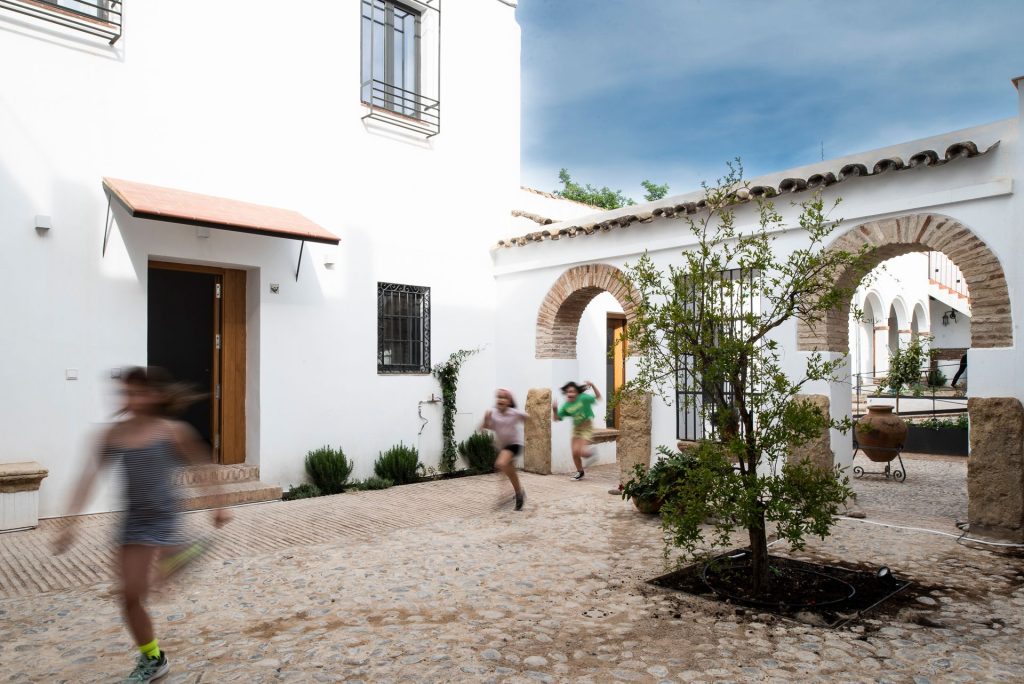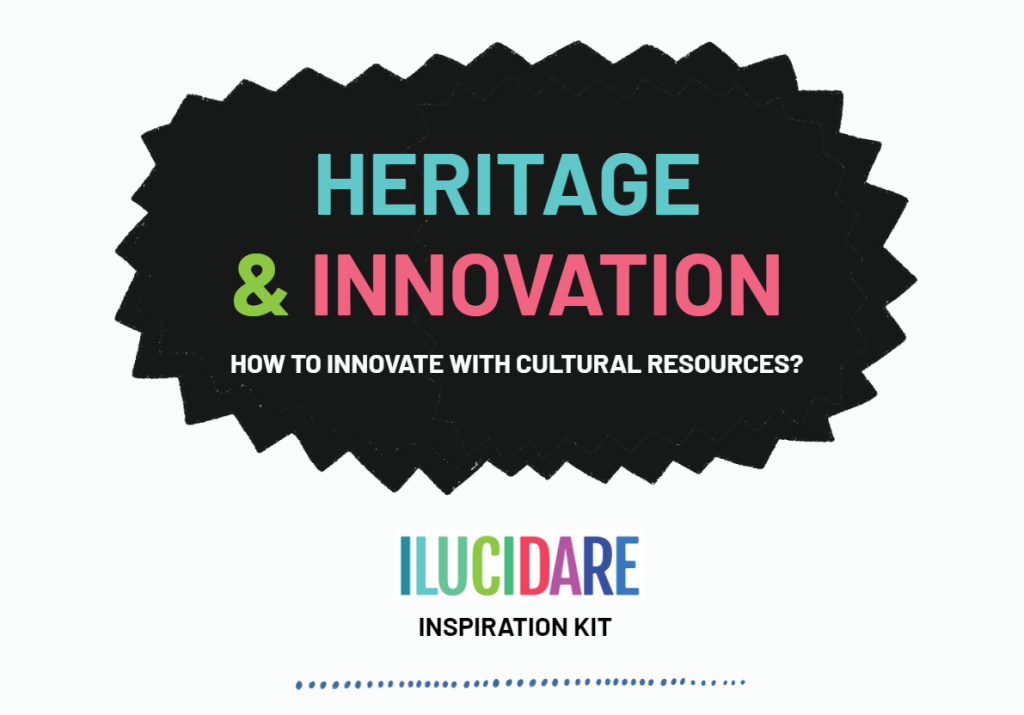A vibrant local cultural life and the presence of heritage sites encourage people to travel: four in ten tourists choose their travel destination based on its cultural offer.
Tourism is one of cities’ major economic assets. It contributes to the local economy and generates jobs and social added value. But it can also create downsides affecting people’s quality of life, like over-tourism, anti-social behaviours, tensions with locals, pressure on the use of public services and housing prices.
During the pandemic, cities lost 70-80% of their visitors. With closed infrastructures and no tourists, the cultural sector struggled twice as much. Now, as Europeans are starting to travel again, planning recreational and cultural activities, it’s not the time to go back to the pre-pandemic situation. As tourists make their way back to city centres just as they were before the pandemic, it’s time to rethink our model.
Cities need to reflect on urban tourism and develop practices to address changing consumer needs and develop local policies and projects for more resilient, digital, and greener solutions. The aim is to strike a balance between economic, social, cultural and environmental needs, including the protection of cultural heritage, to ensure the mid and long-term sustainability of tourism.
So, what needs to change to develop more mindful forms of tourism? Can new local strategies be elaborated in cooperation with relevant local stakeholders? Can technology help?
From more to better
For Jan van der Borg, visiting professor in tourism management at KU Leuven (BE) involved in the European research project SmartCulTour, there is a clear need for long term local tourism strategies. These include a business model where quality wins over quantity and where the local government is the primary stakeholder in tourism development; sound and integrated policies where stakeholders work together to develop new visions and manage local actions.
Some are already moving in this direction. In Amsterdam (NL), for example, the Municipal Executive of the City requested IAMsterdam, the entity providing information on everything you need to know to visit Amsterdam, to advise on the future of the visitor economy. Working with residents, entrepreneurs, cultural institutions and experts, they came up with seven recommendations. These include: focusing on cultural and conference visitors; using data to guide visitors through the whole Amsterdam area, and not only the centre; rewarding entrepreneurs who take responsibilities in their districts; involving the neighbourhood.
In the Flanders region (BE), in 2018 alone, foreign visitors and overnight stays grew by almost 10%, compared to the European average of nearly 6%. Visit Flanders’ memorandum ‘Travel to Tomorrow – recommendations for tourism policy 2019-2024’ gives an idea of how the region intends to deal with this increase. Their strategic choices? A balancing act between considering the demands of the visitors and allowing a destination to thrive and prosper. They also want to offer meaningful stories and experiences to make for a more impactful visit. And anyone, especially those who experience different types of barriers, will be able to visit Flanders as solidarity meets expertise.
Technology helps!
In Florence (IT), technology helps distribute visitors and manage tourist flows. The management of crowds is their key challenge: 15.9 million people visited Florence in 2019, most of them concentrating on the historic centre. FeelFlorence is an app suggesting unusual itineraries throughout different areas bringing tourists closer to feeling like a local. Thanks to real-time detection, the app warns tourists about overcrowded destinations and it helps them better organise their stay.
Ways to move forward
Good governance and smart use of data can help cities develop long term tourism policies.
Local governments should think in terms of partnerships. It’s useful to work with local stakeholders – be they local communities, universities, relevant stakeholders, or private companies – because it helps create new types of cultural experiences and increase the overall quality of urban tourism. In cities and regions, partnerships also start at the administrative level. Long-term policy strategies are more likely to be successful if tourism specialists develop them in cooperation with other departments such as the culture, urban planning, economic development, mobility etc.
Municipalities should also use data for better policymaking. The analysis of data on tourist flows can help adjust the type and quality of public services provided by cities, improve the management of public spaces, and increase the feeling of safety and well-being for locals and visitors.
This should be kept in mind for the new partnership on sustainable tourism that will be launched at the end of 2022 in the framework of the Urban Agenda for the EU.
